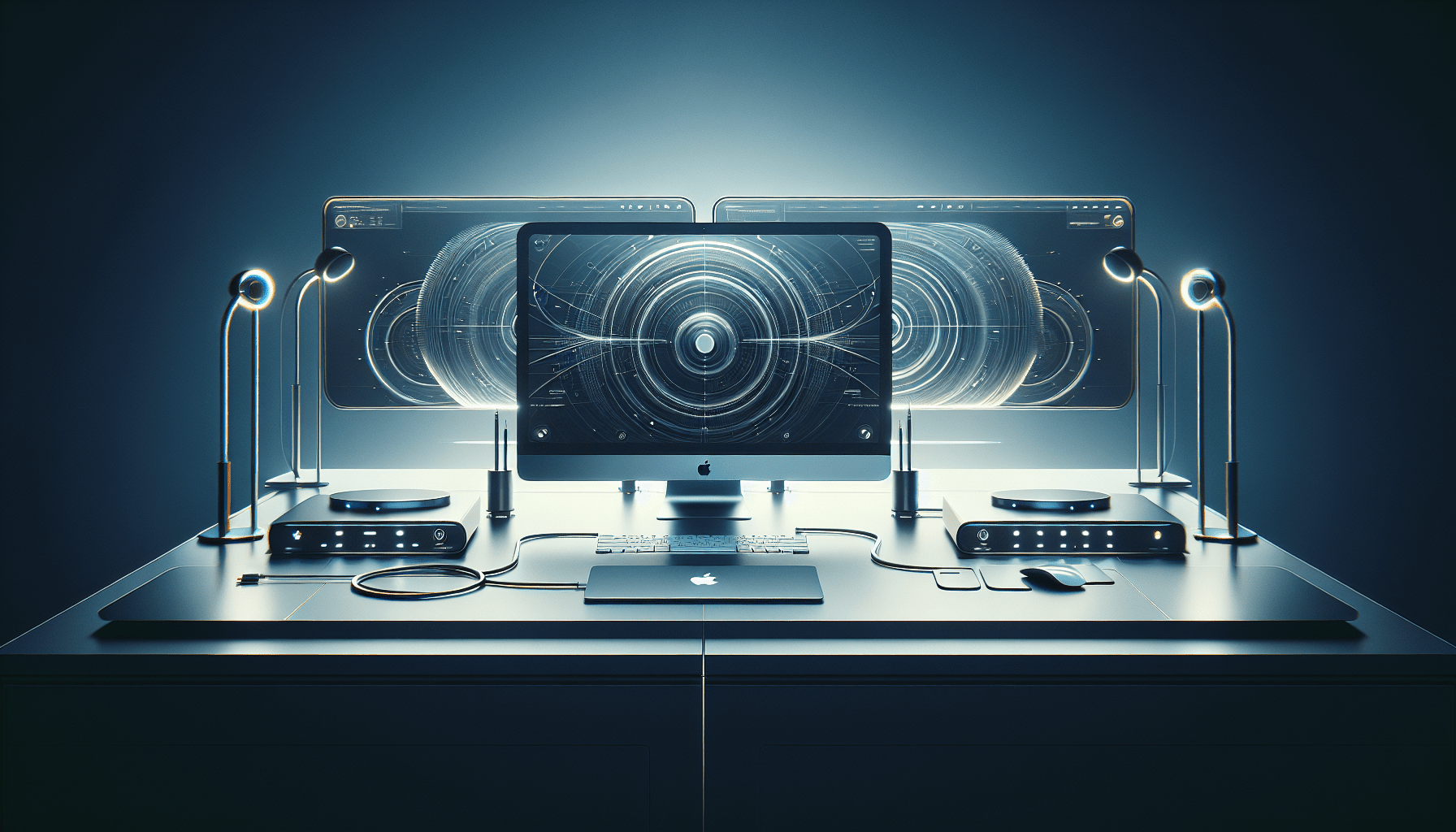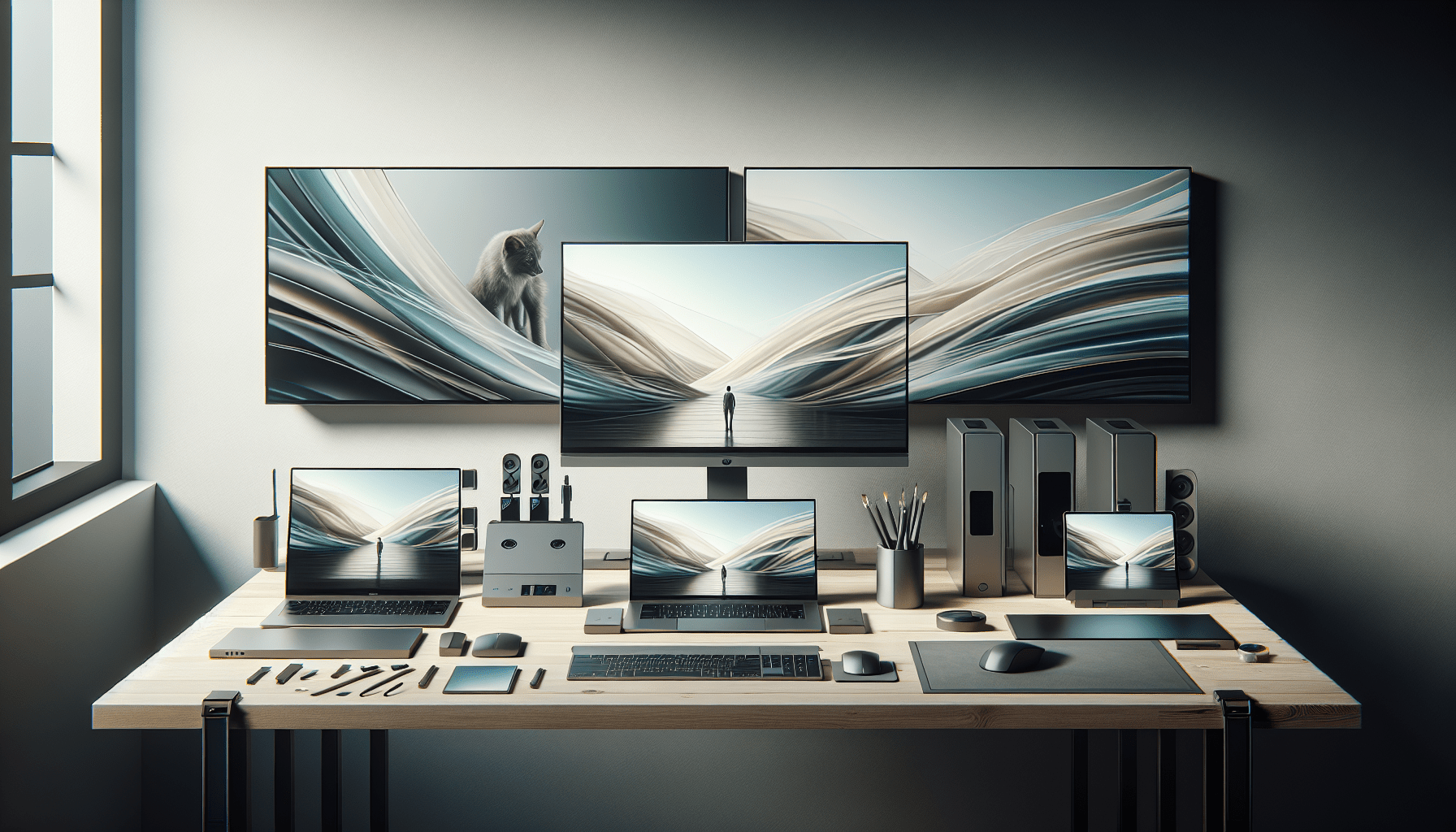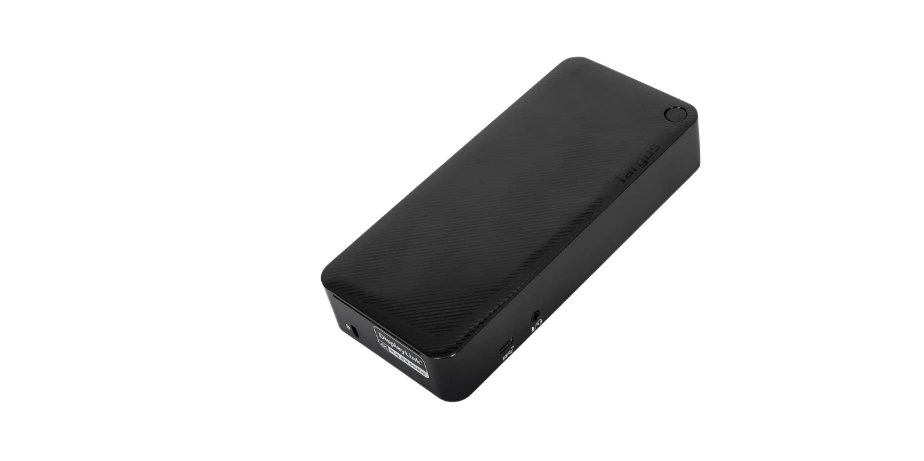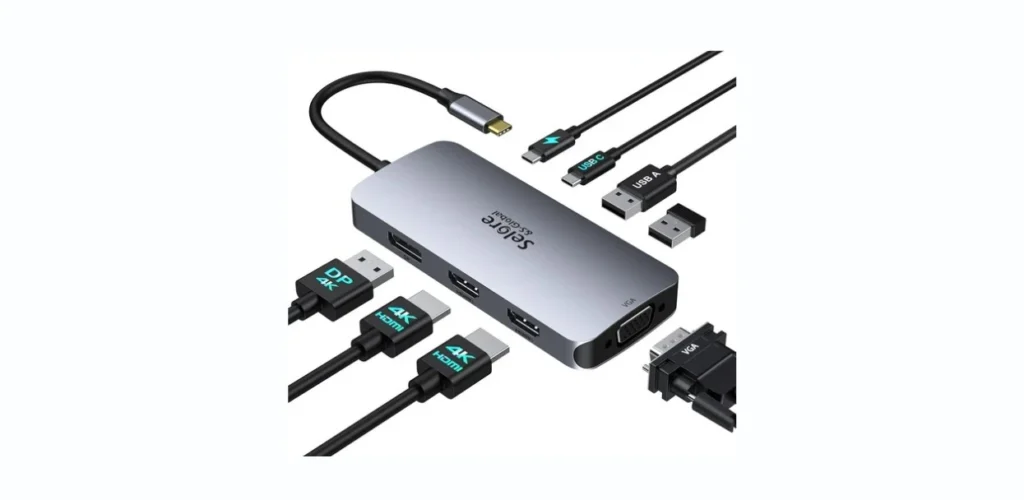Isn’t it a little frustrating when technology promises to simplify our lives but instead ends up throwing us a little curveball? We’ve certainly felt that way when trying to pair a monitor with the new M1 or M2 Mac. But fear not, we’re here to unwind the confusion and talk about how these incredible machines can seamlessly connect to external displays without stirring up a storm of hassles. Let’s embark on a journey to understand how the world of Mac docking stations is evolving, and why you should be paying attention.
Understanding M1 and M2 Mac Chips
With Apple’s introduction of the M1 and M2 chips, a seismic shift occurred in the realm of computing. It’s akin to when we moved from physical maps to GPS. It’s transformative—remarkable, really. The traditional Intel-based Macs were substituted with this new bespoke silicon, promising greater efficiency and performance.
Why do the M1 and M2 Chips Matter?
For years, we’ve associated Apple with innovation, but the introduction of their silicon chips feels like a renaissance. Imagine being able to enjoy power with efficiency—kind of like sipping a strong espresso without the jitters. The M1 and M2 chips integrate CPU, GPU, Neural Engine, I/O, and memory into a single system, leading to quicker processing times, all the while boasting an extended battery life. These chips work their magic by collaborating with macOS to ensure everything is optimized perfectly. But, what about connecting to external monitors?
The New Age of Compatibility
Every major technology shift comes with its own set of challenges, doesn’t it? Like having to learn a new dance routine. The M1 and M2 chips come with their own set of monitor compatibility quirks that need a bit of patience to understand.
Single vs. Multiple Monitor Support
The M1 chip, for instance, supports only one external monitor natively due to its design. Seems contrary, right? Such a powerhouse in a tiny frame but restricting us to one display. Yet, Apple’s stance is a design decision rooted in maintaining performance and efficiency. So, what happens when you want that grand three-monitor setup?
For the M2, there are offerings of broader compatibility, allowing more displays than its predecessor. This essentially gives us more room to manoeuvre with our workspaces. The progression from M1 to M2 is like evolving from a small, cozy apartment to a sprawling loft.
Discovering New Solutions
For those of us trying to work past the single-monitor constraint of the M1, creative solutions exist in the form of docks and adapters. It’s like having a magic wand that turns a small desk into a vast workspace.

Mac Docking Stations: Our Best Friend?
Docking stations are indeed the capes to our monitor-deprived heroes. They’re the magical solution, turning a singular port into a bevy of connection possibilities. These stations become integral especially when transitioning to the M1 or M2 Macs.
Choosing the Right Dock
Consider the docking station a Swiss army knife for our Mac setup. The right one can open doors to connecting multiple monitors, among other functionalities. But the market is vast, isn’t it? Let’s unfold some notable options.
| Feature | Explanation |
|---|---|
| Expansion Ports | Determine the number of ports needed—USB-A, USB-C, HDMI, DisplayPort—depending on our routine demands. |
| Power Delivery | Essential for charging without a hitch; ensure it meets our Mac’s power requirements. |
| Value | A mix of reliability and budget-friendliness. We’re looking for a perfect blend without overpaying. |
Some popular brands offering compatibility include Anker, Belkin, and CalDigit. It feels like shopping for shoes—finding the right fit is crucial.
Hands On With Multi-Monitor Setups
Imagine having multiple screens where our ideas and tasks sit neatly apart—one for creative endeavors, another for communication, and perhaps a final one for entertainment. It’s like having a tidy room, isn’t it?
Leveraging the right dock, we can extend our M1 or M2 Mac to more than one monitor using HDMI, DisplayPort, or Thunderbolt 4 connections. The secret lies with external GPUs (eGPUs) for those deep into graphics-heavy work. Tools at our disposal expand as far as our needs demand.
Overcoming Compatibility Hurdles
No journey is without its bumps. In the quest for multi-monitor heaven, we encounter occasional driver issues or display glitches. At times we might even question if technology has a vendetta against us. But like every problem, there lies a solution.
Trouble in Technology Paradise
We’ve discovered that patiently updating drivers or our system can sometimes clear the harrowing picture puzzles we face. Other times, tweaking display settings offers clarity. It’s the small things, often overlooked but monumental when we’re staring at empty screens. Rely on user forums and communities, hidden gems for troubleshooting advice.

The Evolution and Road Ahead
The future appears brighter as Apple continues to refine its chip technology and expand compatibility options. Remember the early days of smartphones? The years have added layers of capabilities; similarly, we anticipate even broader horizons for the M2 and successors, perhaps embracing more innate multiple monitor support.
Staying Positive and Prepared
Our tech landscape constantly shifts beneath our feet, but staying informed keeps us upright. Embrace the joys of innovation and stay engaged with upcoming Apple announcements. What might seem a challenge today may become a reminiscence tomorrow.
Conclusion
Connecting monitors to the M1 or M2 Mac need not be the mystery it once was. We’ve taken you through technical intricacies to tangible solutions—like finding a pathway through a challenging maze. The world of docking stations, cables, and connections may seem complex, but together, we navigate through misconception to mastery.
We’ve shared stories, dissected details, and unraveled complexities. And through it all, isn’t it comforting knowing we’ve got each other, standing firmly in this ever-evolving tech journey? Life with technology is always an adventure worth embracing—one screen, two screens, or however many we see fit.



